
The Enchanting Shores of Praia de Atalaia
Discover the serene beauty and cultural richness of Praia de Atalaia in Cabo Verde, a tropical paradise with golden sands, clear waters, and vibrant local life.
Praia de Atalaia, located on the archipelago of Cabo Verde, is a breathtaking destination that captures the essence of tropical paradise. This stunning beach is known for its golden sands and crystal-clear waters, making it the perfect spot for sunbathing and swimming. The serene environment and the gentle waves create a relaxing atmosphere that is ideal for unwinding and enjoying the natural beauty of the island. The beach is surrounded by lush greenery and vibrant flora, providing a picturesque backdrop for visitors. The calm and shallow waters are perfect for families with children, while the more adventurous can explore the nearby coral reefs teeming with marine life. Snorkeling and diving are popular activities here, offering a glimpse into the diverse underwater world that thrives just off the coast. Praia de Atalaia is also a great place to experience the local culture. The nearby villages offer a taste of Cabo Verdean life with their colorful markets, traditional music, and delicious cuisine. Visitors can enjoy fresh seafood dishes while listening to the rhythms of morna, the soulful music of Cabo Verde. Whether you're looking to relax on the beach, explore the underwater world, or immerse yourself in the local culture, Praia de Atalaia has something for everyone.
Local tips in Praia de Atalaia
- Visit during the dry season (November to June) for the best weather and clear skies.
- Bring snorkeling gear to explore the colorful coral reefs and marine life.
- Try the local seafood dishes at nearby restaurants for an authentic taste of Cabo Verdean cuisine.
- Don't miss the chance to hear live morna music in the evenings for a true cultural experience.
- Pack sun protection, including hats and sunscreen, as the tropical sun can be intense.
The Enchanting Shores of Praia de Atalaia
Praia de Atalaia, located on the archipelago of Cabo Verde, is a breathtaking destination that captures the essence of tropical paradise. This stunning beach is known for its golden sands and crystal-clear waters, making it the perfect spot for sunbathing and swimming. The serene environment and the gentle waves create a relaxing atmosphere that is ideal for unwinding and enjoying the natural beauty of the island. The beach is surrounded by lush greenery and vibrant flora, providing a picturesque backdrop for visitors. The calm and shallow waters are perfect for families with children, while the more adventurous can explore the nearby coral reefs teeming with marine life. Snorkeling and diving are popular activities here, offering a glimpse into the diverse underwater world that thrives just off the coast. Praia de Atalaia is also a great place to experience the local culture. The nearby villages offer a taste of Cabo Verdean life with their colorful markets, traditional music, and delicious cuisine. Visitors can enjoy fresh seafood dishes while listening to the rhythms of morna, the soulful music of Cabo Verde. Whether you're looking to relax on the beach, explore the underwater world, or immerse yourself in the local culture, Praia de Atalaia has something for everyone.
When is the best time to go to Praia de Atalaia?
Iconic landmarks you can’t miss
The Pier of Santa Maria
Explore the vibrant Pier of Santa Maria in Cabo Verde, where local culture meets stunning ocean views and unforgettable experiences await.
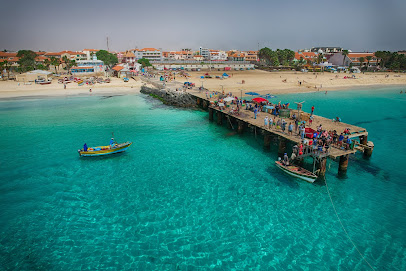
Buracona - Blue Eye Cave
Experience the stunning beauty of Buracona, also known as the Blue Eye Cave, a natural wonder in Cape Verde with captivating blue waters and unique geological formations.
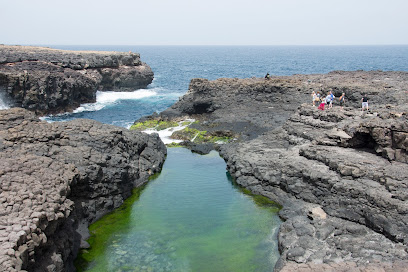
Salinas de Pedra de Lume
Explore the stunning Salinas de Pedra de Lume, a captivating salt flat in Cape Verde, rich in history and breathtaking landscapes.
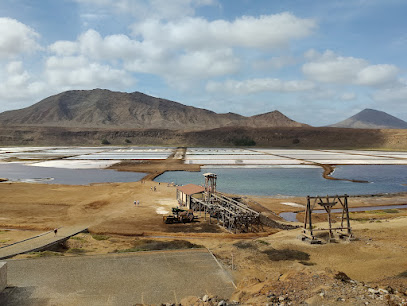
Pachamama Eco Park - Viveiro Botanical Garden
Discover the lush beauty of Pachamama Eco Park - Viveiro Botanical Garden, a serene oasis in Sal Island featuring diverse flora and eco-friendly experiences.
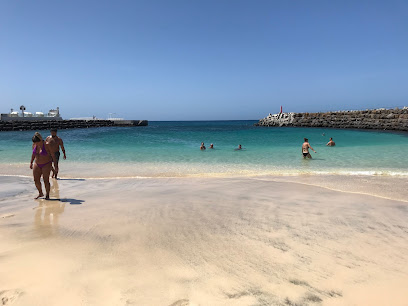
Quintal da Música
Discover the heart of Cape Verdean culture at Quintal da Música, where delicious cuisine meets vibrant live music in Praia.

Tarrafal Beach
Explore the idyllic shores of Tarrafal Beach, where golden sands and vibrant culture meet in the heart of Cape Verde's tropical paradise.
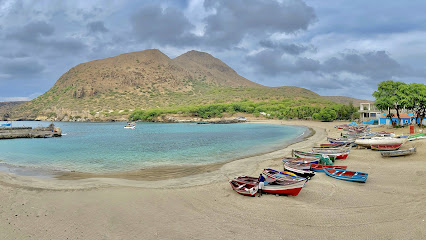
Praia da Atalanta
Experience the pristine beauty of Praia da Atalanta in Ponta Adiante, Cape Verde, where sun-soaked beaches meet vibrant marine life.
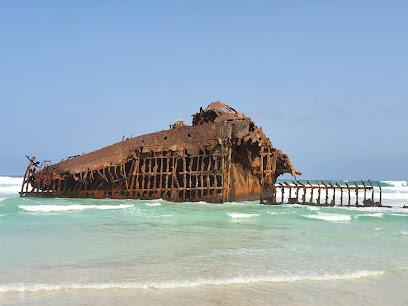
São Filipe Royal Fortress
Discover the breathtaking São Filipe Royal Fortress, a UNESCO World Heritage site that showcases Cabo Verde's rich history and stunning coastal views.
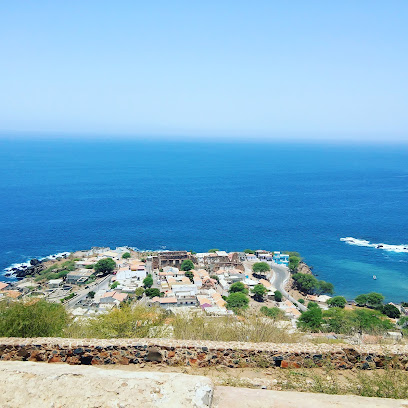
Discover santiago island
Discover the beauty and culture of Santiago Island, Cape Verde's largest island, filled with stunning landscapes and rich traditions.
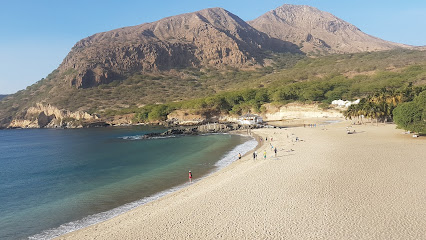
Pelourinho
Explore Pelourinho, a historical gem in Cidade Velha, where vibrant culture meets architectural beauty in Cape Verde's fascinating past.
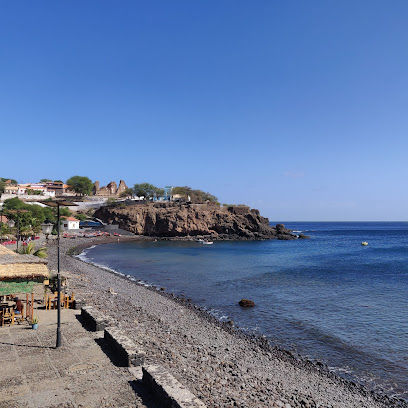
Zipline Cabo Verde
Experience the thrill of soaring above Cabo Verde's stunning landscapes at Zipline Cabo Verde, an unforgettable adventure for all thrill-seekers.
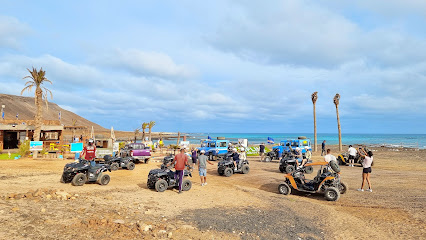
Serra Malagueta Natural Park (Santiago)
Explore the stunning landscapes and rich biodiversity of Serra Malagueta Natural Park, a premier destination for nature lovers in Cape Verde.
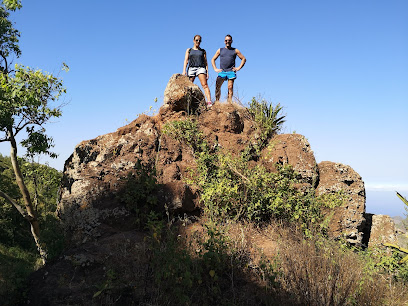
Quebra Canela
Discover the enchanting beauty of Quebra Canela Beach in Praia, Cape Verde, a perfect blend of relaxation, adventure, and vibrant local culture.
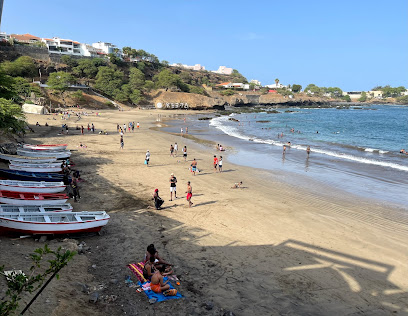
Presidential Palace
Discover the majestic Presidential Palace in Praia, a stunning blend of history and architecture set in the vibrant heart of Cape Verde's capital.

Lighthouse Dona Maria Pia
Experience the rich maritime history and breathtaking coastal views at Lighthouse Dona Maria Pia in Praia, Cape Verde.
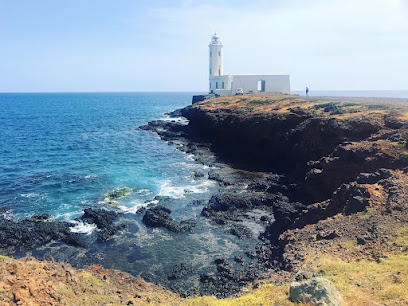
Unmissable attractions to see
Pelourinho
Explore Pelourinho, a UNESCO World Heritage site in Cidade Velha, where vibrant history meets stunning architecture and rich cultural experiences.
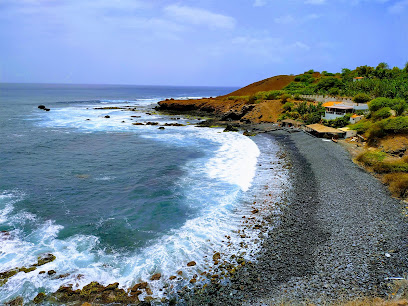
Cruz de Papa
Experience the vibrant culture and recreational charm of Cruz de Papa, a lively hub in Praia, Cape Verde perfect for relaxation and local interactions.
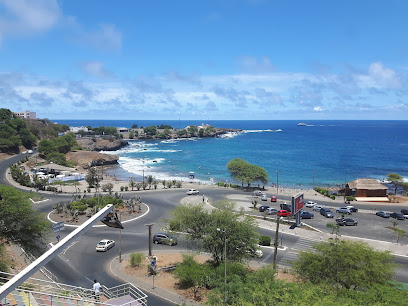
Campo De Concentração
Explore Campo De Concentração in Chão Bom, a UNESCO World Heritage site reflecting Cape Verde's poignant historical narrative and cultural resilience.
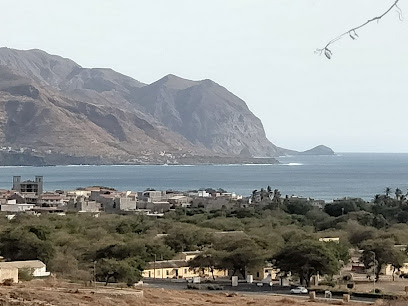
Poilão Park, Kapok tree
Discover the serene beauty of Poilão Park in Assomada, home to the magnificent Kapok tree and a perfect retreat for nature lovers.
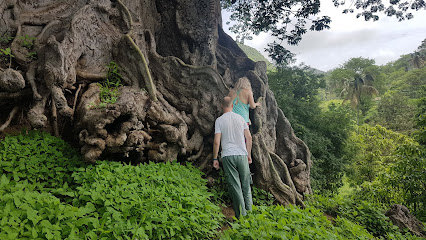
Cuba Piscina natural
Experience the tranquility and stunning beauty of Cuba Piscina Natural, a hidden gem in Ribeira da Prata, Cape Verde.
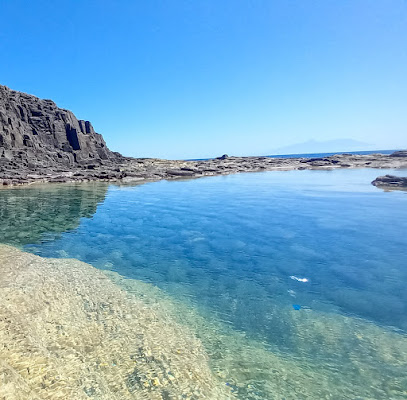
la barque de Sety
Explore La Barque de Sety in Ribeira da Barca, a stunning coastal attraction blending natural beauty with rich cultural experiences.
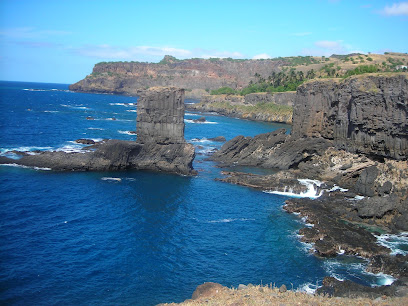
Museu da Tabanca
Explore the captivating culture of Cape Verde at Museu da Tabanca, where tradition and artistry come alive in vibrant displays and engaging performances.
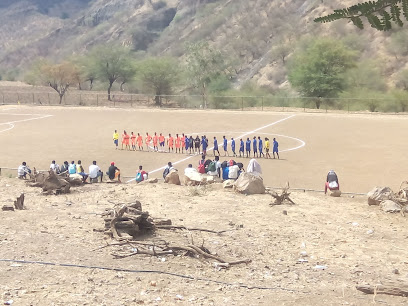
Praia dos Amores
Experience the serene beauty of Praia dos Amores, a hidden gem in Cape Verde with warm waters and stunning views, perfect for relaxation and adventure.

Praça do Bairro
Discover the charm of Praça do Bairro, a serene park in Praia, Cape Verde, where nature and local culture beautifully intertwine.
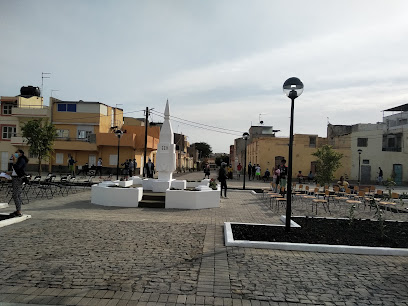
Praia de Portinho
Experience the untouched beauty of Praia de Portinho, a serene coastal paradise in Cape Verde, perfect for relaxation and exploration.
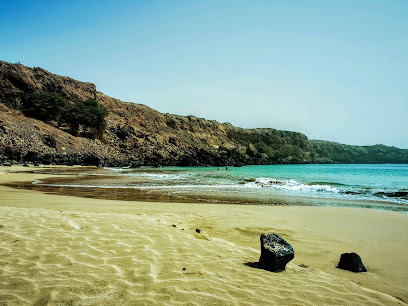
Scenic Viewpoint on Pico
Discover unparalleled natural beauty at the Pico Scenic Viewpoint in Tinteira, Cape Verde, where stunning vistas of Fogo Volcano await.
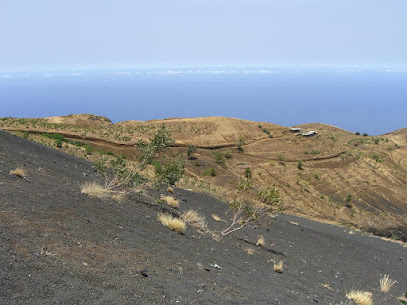
Porto Formoso
Experience the serene beauty of Porto Formoso, a tranquil tourist attraction in São Miguel, Azores, perfect for nature lovers and those seeking relaxation.
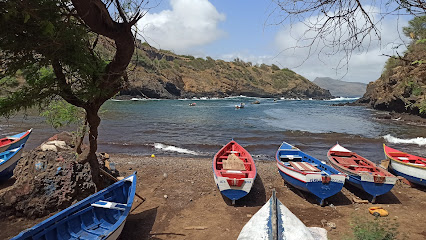
Scenic Viewpoint
Discover unparalleled views at the Scenic Viewpoint in Cova Figueira, a gem of Cape Verde offering stunning natural landscapes and unforgettable experiences.
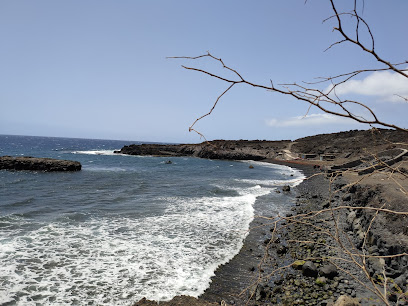
Kite Beach Coastline
Discover the stunning Kite Beach Coastline in Santa Maria, a paradise for kite surfers and beach lovers alike, offering breathtaking views and vibrant local culture.
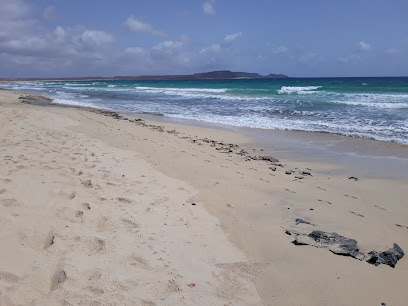
Piscina Natural Cova Minhoto
Experience the tranquil beauty of Piscina Natural Cova Minhoto, a natural pool in Praia, Cape Verde, perfect for relaxation and stunning views.

Essential places to dine
Quintal da Música
Experience authentic Cape Verdean cuisine paired with live music at Quintal da Música in Praia – where every meal tells a story.
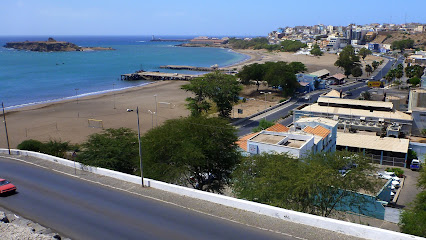
Ponta Preta
Savor authentic Cape Verdean cuisine with stunning ocean views at Ponta Preta in Santa Maria.

Restaurante Terrazza Italia
Experience authentic Italian cuisine with breathtaking ocean views at Restaurante Terrazza Italia in Praia, Santiago.
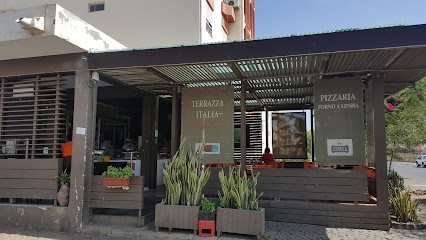
O Poeta Lounge & Food
Experience the best of Cape Verdean cuisine at O Poeta Lounge & Food in Praia, where every dish tells a story.
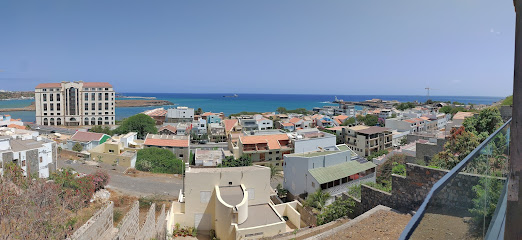
Restaurante As Campanas
Experience authentic Cape Verdean cuisine at Restaurante As Campanas in Praia - A culinary journey through local flavors awaits!
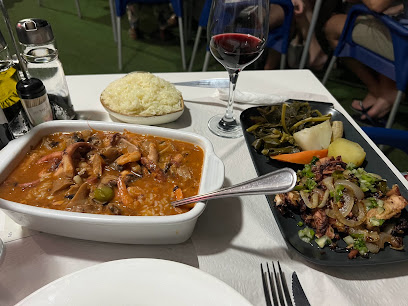
Restaurante Kaza Katxupa
Experience authentic Cape Verdean cuisine at Restaurante Kaza Katxupa in Praia – home to the best cachupa on the island.
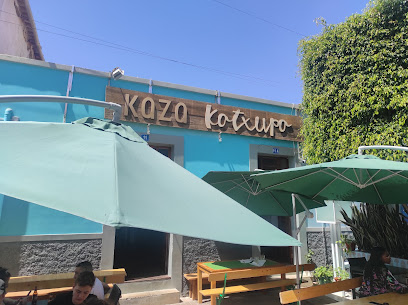
Bar Secreto Iberico
Discover the flavors of Cape Verde at Bar Secreto Iberico, where local ingredients meet gastropub creativity in the heart of Praia.
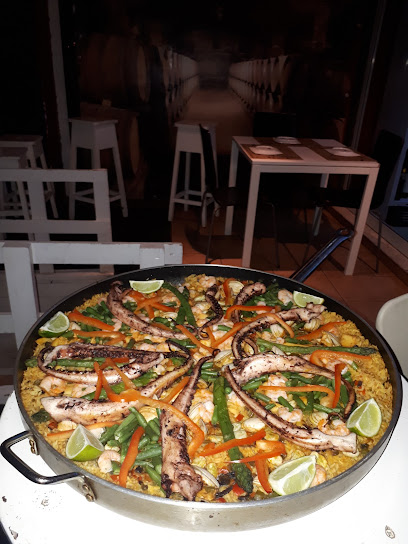
Alkimist
Discover Alkimist in Praia: where local flavors meet international cuisine in an inviting atmosphere.

Aqva
Experience authentic Cape Verdean cuisine at Aqva, Praia's vibrant restaurant offering fresh flavors and warm hospitality.
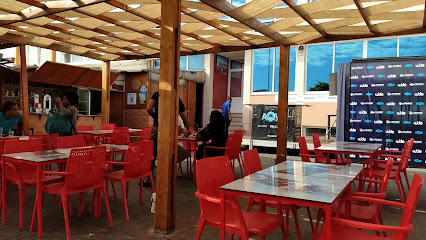
Roma - Ristopizza
Experience authentic Italian cuisine at Roma - Ristopizza in Praia, where every meal is a celebration of flavor and warmth.
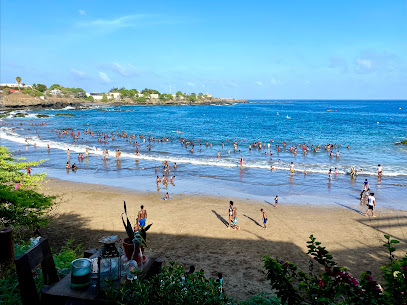
Seven Beach Club
Discover delightful dining at Seven Beach Club in Praia – where exquisite flavors meet stunning ocean views.
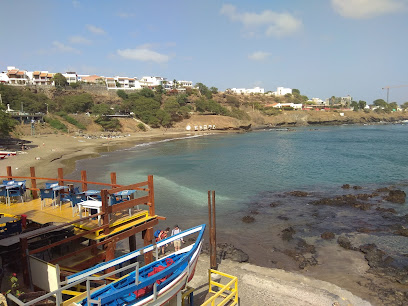
Restaurante Anabel
Discover Restaurante Anabel: A Culinary Oasis in Praia Offering Brunch Delights with European Flair.
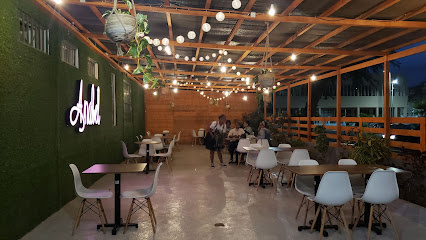
Orla
Discover the authentic flavors of Cape Verde at Orla in Praia - where every meal tells a story.
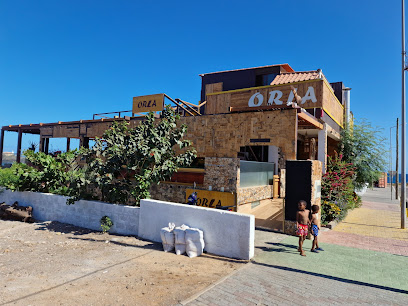
Chef Teresa
Experience authentic Cape Verdean flavors at Chef Teresa in Praia—where culinary artistry meets vibrant local culture.
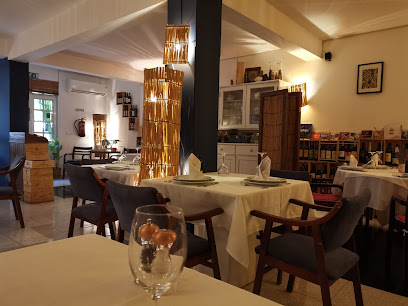
Flor de Lis
Discover the authentic flavors of Cape Verde at Flor de Lis - a culinary gem in Praia offering diverse local and international dishes.
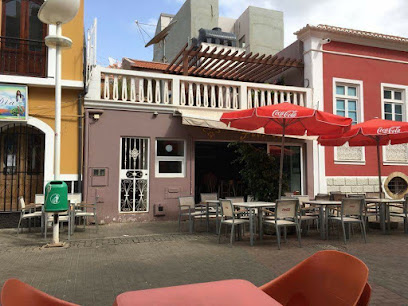
Markets, malls and hidden boutiques
Praia Shopping
Discover Praia Shopping: A Vibrant Mall Experience with Diverse Shopping, Dining, and Entertainment in the Heart of Cape Verde.
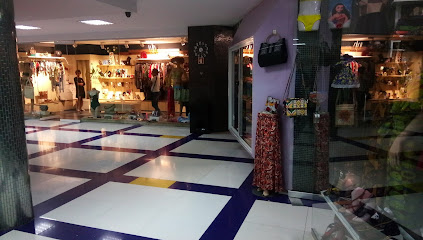
ORCA CABO VERDE
Explore the vibrant culture of Cape Verde through unique home goods at Orca Cabo Verde in Praia, a must-visit store for every traveler.
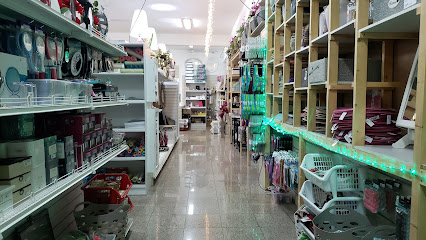
Boutique dos Congelados
Explore the vibrant Boutique dos Congelados in Praia for a unique shopping experience, offering local and international products to satisfy your needs.
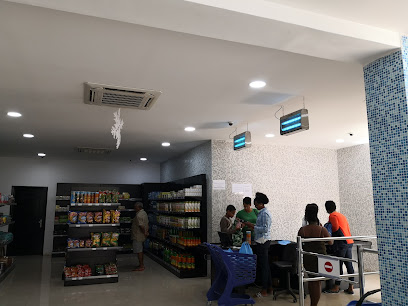
Dope Store
Explore the vibrant fashion scene at Dope Store in Praia, Cape Verde, where local meets international style in a trendy shopping experience.

Loja Brasileira
Discover Loja Brasileira in Praia, your ultimate destination for diverse beauty supplies, cosmetics, health foods, and unique home goods.
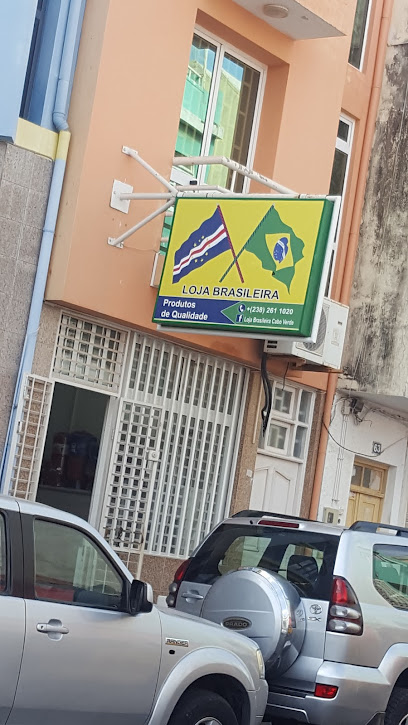
Chinês Bodona
Discover unique clothing pieces at Chinês Bodona in Praia, where local style meets international fashion in a vibrant shopping experience.

Reco Shop
Explore cutting-edge technology and exceptional service at Reco Shop, Praia's premier computer store for tourists and locals alike.
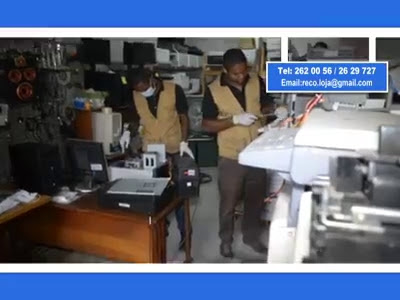
Michel Shopping
Discover unique fashion and home goods at Michel Shopping, a vibrant marketplace in Praia, Cape Verde, perfect for every traveler.

Equivalenza Palmarejo
Discover the enchanting world of fragrances at Equivalenza Palmarejo, a premier perfume store in the heart of Praia, Cape Verde.

Equivalenza Plateau
Experience the enchanting world of fragrances at Equivalenza Plateau in Praia, Cape Verde, a must-visit perfume store for all scent enthusiasts.

Senna Sports
Explore the vibrant fashion scene at Senna Sports in Praia, where local style meets contemporary trends in a welcoming boutique atmosphere.
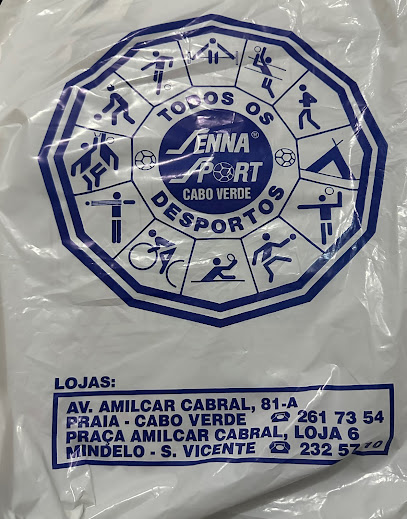
DELUXE PERFUMES
Discover unique and captivating fragrances at Deluxe Perfumes in Praia, the perfect destination for scent enthusiasts and souvenir hunters.

EmBrazza Clothes
Discover unique Cabo Verdean fashion at EmBrazza Clothes in Praia, offering a blend of local charm and contemporary style for every traveler.
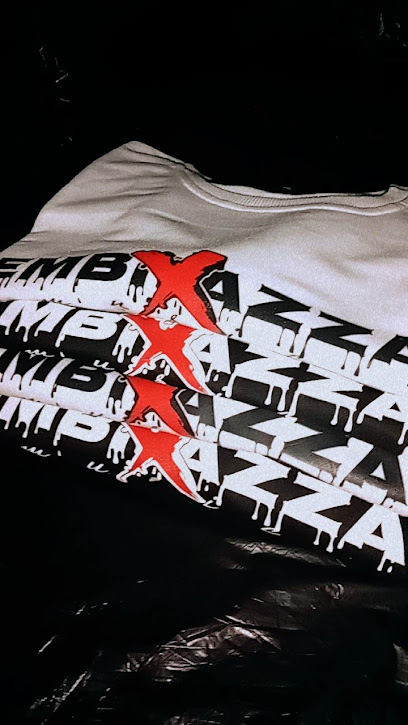
Butiki Nilda
Discover unique fashion at Butiki Nilda, a vibrant clothing store in Praia showcasing the essence of Cape Verdean culture and style.

Água de Cabo Verde
Experience the enchanting world of fragrances at Água de Cabo Verde, where each scent tells a story of the islands' vibrant culture.
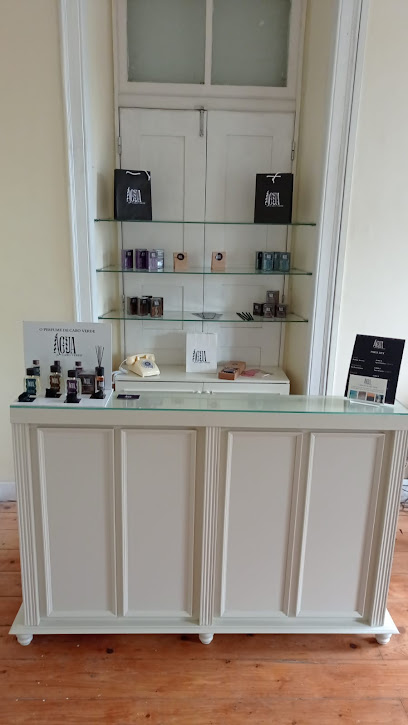
Essential bars & hidden hideouts
Quintal da Música
Discover the lively Quintal da Música, a perfect blend of authentic Cape Verdean cuisine and soulful live music in the heart of Praia.
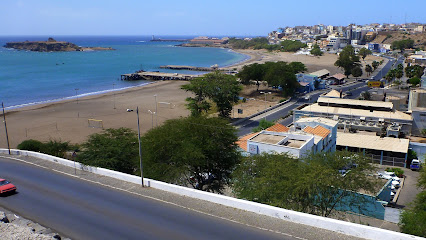
Kebra Cabana
Discover Kebra Cabana, a lively bar and event venue in Praia offering exquisite food, vibrant music, and an unforgettable cultural experience.
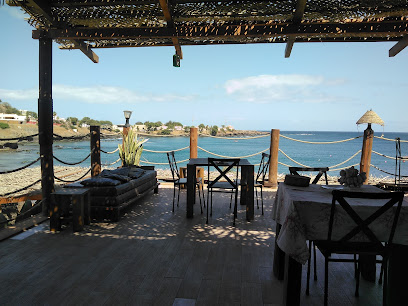
O Poeta Lounge & Food
Experience the vibrant flavors of Cape Verde at O Poeta Lounge & Food, where every dish tells a story of local culture and culinary art.
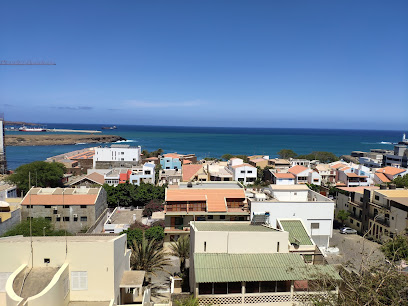
Bar Secreto Iberico
Experience the vibrant nightlife of Praia at Bar Secreto Iberico, a premier gastropub serving exquisite tapas and refreshing cocktails.
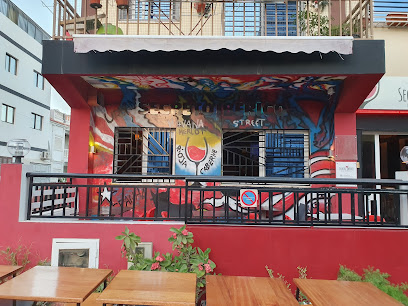
Bar da Praia
Experience the vibrant atmosphere and stunning ocean views at Bar da Praia in Santa Maria, Cape Verde's perfect coastal retreat.
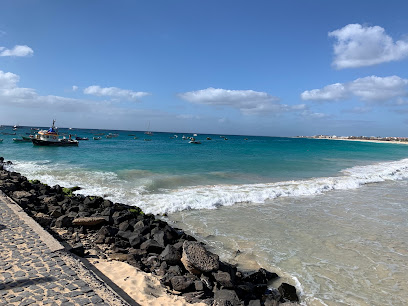
Moreia Julieta
Experience the vibrant nightlife and authentic local flavors at Moreia Julieta, a must-visit bar in Praia, Cape Verde.
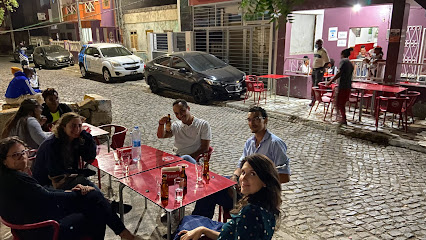
Globe Shisha Lounge
Discover the vibrant Globe Shisha Lounge in Palmarejo, where relaxation meets socializing in the heart of Cape Verde's nightlife.
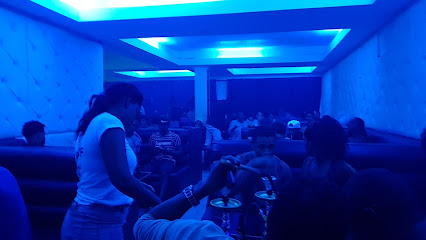
Restaurante Bar Montrond
Discover the heart of Praia's nightlife at Restaurante Bar Montrond, where live music and local cuisine create an unforgettable experience.
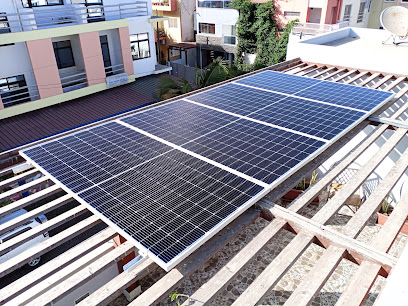
Habibi
Discover the vibrant flavors and welcoming atmosphere of Habibi, a top bar in Praia, known for its delicious pizzas and shawarmas.
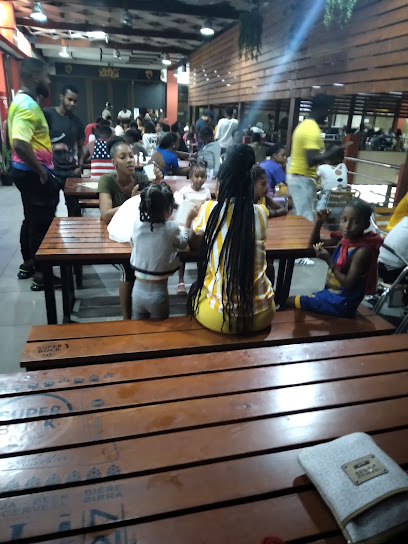
Scorpion
Discover the lively atmosphere at Scorpion, Praia's premier bar, where cocktails and camaraderie come together for an unforgettable experience.
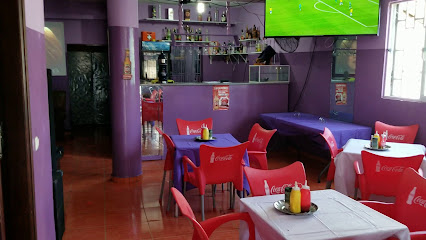
Bar Aldino Cardoso
Discover the vibrant cocktail culture at Bar Aldino Cardoso, a must-visit cocktail bar in the heart of Praia offering an unforgettable nightlife experience.

Bar Sofia
Discover the lively Bar Sofia in Praia, a perfect spot for cocktails, local brews, and a taste of Cape Verdean culture.
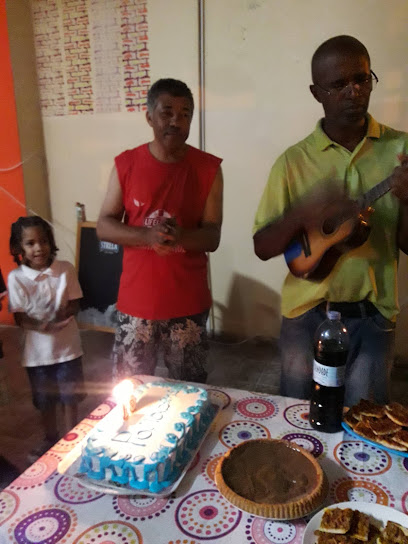
Bar Quintal de Pomba
Discover the vibrant atmosphere of Bar Quintal de Pomba, a coastal bar in Praia offering refreshing drinks and stunning views.
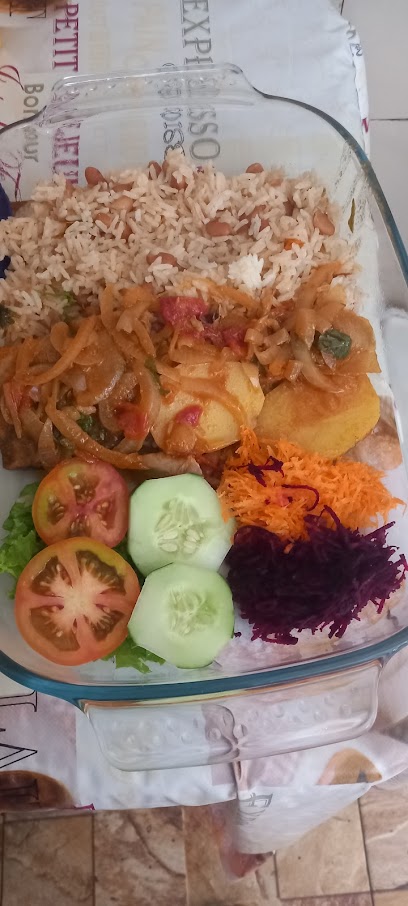
El Patio de César
Experience the vibrant wine culture and authentic Cape Verdean cuisine at El Patio de César in Praia, a must-visit destination for every traveler.
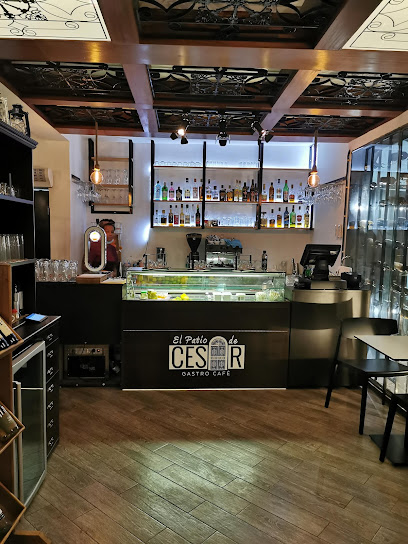
Nha Terra Bar
Discover the vibrant atmosphere and delicious grilled delights at Nha Terra Bar in Praia, where local culture meets tropical relaxation.

Local Phrases about Praia de Atalaia
-
- HelloOlá
[oh-lah] - GoodbyeAdeus
[ah-deh-oos] - YesSim
[seem] - NoNão
[now] - Please/You're welcomePor favor
[pohr fah-vohr] - Thank youObrigado
[oh-bree-gah-doo] - Excuse me/SorryDesculpe
[deh-skool-peh] - How are you?Como está?
[koh-moo ehs-tah] - Fine. And you?Bem. E você?
[bem. eh voh-seh] - Do you speak English?Fala inglês?
[fah-lah een-glais] - I don't understandNão entendo
[now ehn-tehn-doo]
- HelloOlá
-
- I'd like to see the menu, pleaseGostaria de ver o menu, por favor
[goh-stah-ree-ah deh vehr oh meh-noo, pohr fah-vohr] - I don't eat meatNão como carne
[now koh-moo kahr-neh] - Cheers!Saúde!
[sow-deh] - I would like to pay, pleaseGostaria de pagar, por favor
[goh-stah-ree-ah deh pah-gahr, pohr fah-vohr]
- I'd like to see the menu, pleaseGostaria de ver o menu, por favor
-
- Help!Ajuda!
[ah-joo-dah] - Go away!Vai embora!
[vah-ee ehm-boh-rah] - Call the Police!Chama a Polícia!
[shah-mah ah poh-lee-see-ah] - Call a doctor!Chama um médico!
[shah-mah oom meh-dee-koo] - I'm lostEstou perdido
[eh-stoh pehr-dee-doo] - I'm illEstou doente
[eh-stoh doo-ehn-teh]
- Help!Ajuda!
-
- I'd like to buy...Gostaria de comprar...
[goh-stah-ree-ah deh kohm-prahr...] - I'm just lookingEstou só a olhar
[eh-stoh soh ah oh-lahr] - How much is it?Quanto custa?
[kwahn-too koos-tah] - That's too expensiveIsso é muito caro
[ee-soh eh moo-ee-toh kah-roo] - Can you lower the price?Pode baixar o preço?
[poh-deh by-shahr oh preh-soo]
- I'd like to buy...Gostaria de comprar...
-
- What time is it?Que horas são?
[keh oh-rahz sahn] - It's one o'clockÉ uma hora
[eh oo-mah oh-rah] - Half past (10)Meia hora (dez)
[may-ah oh-rah (dehz)] - MorningManhã
[mahn-yah] - AfternoonTarde
[tahr-deh] - EveningNoite
[noh-ee-teh] - YesterdayOntem
[ohn-tehm] - TodayHoje
[oh-zheh] - TomorrowAmanhã
[ah-mahn-yah] - 1Um
[oom] - 2Dois
[doh-ees] - 3Três
[trehs] - 4Quatro
[kwah-troh] - 5Cinco
[seen-koh] - 6Seis
[sayz] - 7Sete
[seh-teh] - 8Oito
[oy-toh] - 9Nove
[noh-veh] - 10Dez
[dehz]
- What time is it?Que horas são?
-
- Where's a/the...?Onde fica o/a...?
[ohn-deh fee-kah oh/ah] - What's the address?Qual é o endereço?
[kwahl eh oh ehn-deh-reh-soh] - Can you show me (on the map)?Pode mostrar-me (no mapa)?
[poh-deh moh-strahr-meh (noh mah-pah)] - When's the next (bus)?Quando é o próximo (autocarro)?
[kwahn-doo eh oh proh-kshee-moh (ow-toh-kah-roo)] - A ticket (to ....)Um bilhete (para ....)
[oom bee-lyeh-teh (pah-rah)]
- Where's a/the...?Onde fica o/a...?
History of Praia de Atalaia
-
Praia de Atalaia, located on the island of São Vicente, Cabo Verde, has a rich history that dates back to the early 16th century. The area was originally inhabited by the Portuguese during their exploration and colonization of the archipelago. The natural beauty and strategic location of Praia de Atalaia made it an important site for maritime activities.
-
During the 17th and 18th centuries, Praia de Atalaia and the surrounding areas became a hotspot for pirate activity. Pirates, attracted by the bustling trade routes of the Atlantic, often used the island as a base for their operations. This period left its mark on the local culture and folklore, with many tales of buried treasure and pirate legends still being told today.
-
In the 19th century, Praia de Atalaia saw an influx of American whalers who used the island as a resupply stop. The whaling industry brought economic activity and new cultural influences to the area. Many local families can trace their ancestry back to this period, and the whaling heritage is still evident in some of the traditional crafts and practices.
-
The architecture of Praia de Atalaia reflects its colonial past, with many buildings displaying Portuguese influence. The cobblestone streets and colonial-era houses add to the charm of the area. Significant structures, such as the Nossa Senhora da Luz church, stand as reminders of the island's colonial history.
-
Cabo Verde gained independence from Portugal in 1975, marking a new chapter in the history of Praia de Atalaia. The post-independence period saw a cultural renaissance, with a renewed interest in local traditions, music, and arts. Praia de Atalaia has since become a hub for cultural festivals and events, celebrating the unique heritage of Cabo Verde.
-
Today, Praia de Atalaia is a vibrant destination known for its stunning beaches, rich history, and lively cultural scene. The area attracts tourists from around the world who come to enjoy its natural beauty and learn about its storied past. The local community continues to preserve and promote its cultural heritage, ensuring that the history of Praia de Atalaia remains a vital part of its identity.
Praia de Atalaia Essentials
-
Praia de Atalaia is located on the island of Sal in Cabo Verde. The closest international airport is Amílcar Cabral International Airport (SID), which is approximately 18 kilometers from Praia de Atalaia. Direct flights are available from several European cities. From the airport, you can take a taxi or a shuttle service to Praia de Atalaia, which typically takes around 25 minutes.
-
Transportation options in Praia de Atalaia include taxis, rental cars, and local minibuses known as 'aluguer'. Taxis are plentiful and can be hailed on the street or booked in advance. Aluguer services are a cost-effective way to travel and are popular among locals. Renting a car provides flexibility for exploring the island at your own pace.
-
The official currency in Cabo Verde is the Cape Verdean Escudo (CVE). Credit cards are widely accepted in hotels, restaurants, and larger shops, but it is advisable to carry cash for smaller establishments and local markets. ATMs are available in Sal, but ensure you have enough cash before going to more remote areas.
-
Praia de Atalaia is generally safe for tourists, but it is wise to take standard precautions. Avoid isolated areas at night and keep an eye on your belongings in crowded places. Be cautious in areas known for higher crime rates targeting tourists, such as certain parts of the town of Espargos. Always stay aware of your surroundings and avoid displaying valuable items.
-
In case of an emergency, dial 132 for police assistance, 131 for fire emergencies, and 130 for medical emergencies. The local hospital in Espargos and several clinics provide medical services. It is recommended to have travel insurance that covers medical emergencies. Pharmacies are available for minor health issues and over-the-counter medications.
-
Fashion: Do dress modestly, especially in local neighborhoods and religious sites. Swimwear should be reserved for the beach. Religion: Do respect local customs and traditions. Avoid discussing sensitive religious topics. Public Transport: Do be courteous and respectful. Don't eat or drink on public transport. Greetings: Do greet people with a handshake. A friendly smile and 'Olá' (Hello) are appreciated. Eating & Drinking: Do try local dishes and seafood. Don't refuse hospitality, as it is considered impolite.
-
To experience Praia de Atalaia like a local, visit the local fish market early in the morning to see the day's catch and interact with vendors. Enjoy a meal at a local 'kiosk' where you can try traditional Cape Verdean dishes. Engage with locals who are often friendly and willing to share their culture and stories. Don't miss the beautiful sunsets at Praia de Atalaia, a favorite gathering spot for both locals and tourists.
Trending Landmarks in Praia de Atalaia
-
The Pier of Santa Maria
-
Buracona - Blue Eye Cave
-
Salinas de Pedra de Lume
-
Pachamama Eco Park - Viveiro Botanical Garden
-
Quintal da Música
-
Tarrafal Beach
-
Praia da Atalanta
-
São Filipe Royal Fortress
-
Discover santiago island
-
Pelourinho
-
Zipline Cabo Verde
-
Serra Malagueta Natural Park (Santiago)
-
Quebra Canela
-
Presidential Palace
-
Lighthouse Dona Maria Pia
Nearby Cities to Praia de Atalaia
-
Things To Do in Praia
-
Things To Do in Vila do Maio
-
Things To Do in Sal Rei
-
Things To Do in Boa Vista
-
Things To Do in Santa Maria
-
Things To Do in Espargos
-
Things To Do in Dakar
-
Things To Do in Mbour
-
Things To Do in Thiès
-
Things To Do in Gunjur
-
Things To Do in Bakau
-
Things To Do in Serekunda
-
Things To Do in Serrekunda
-
Things To Do in Saint-Louis
-
Things To Do in Lamin








